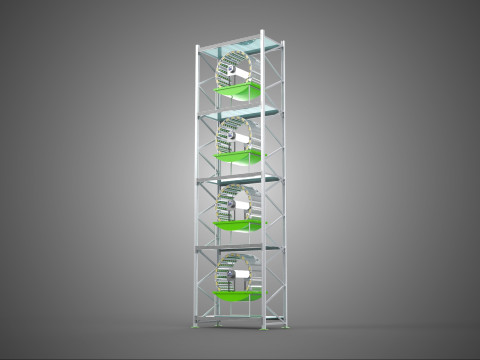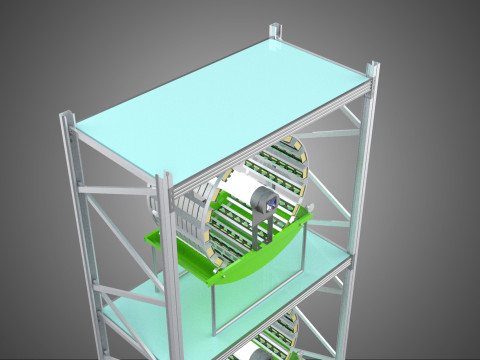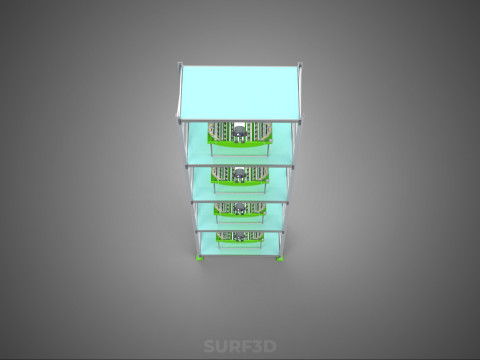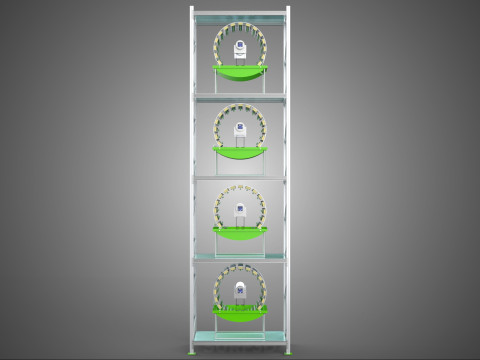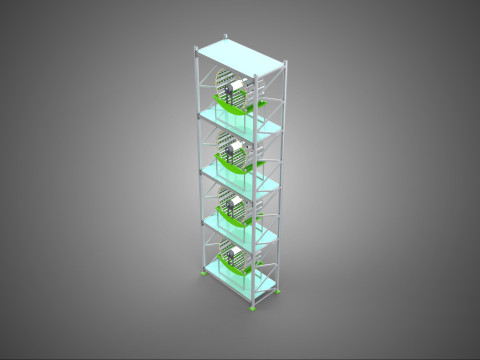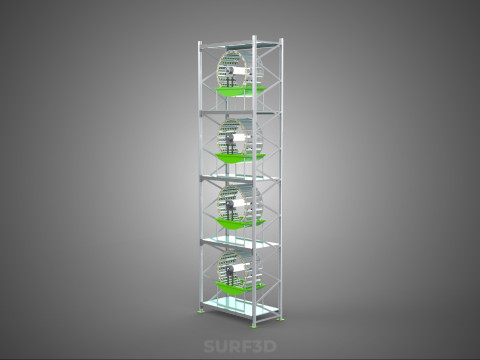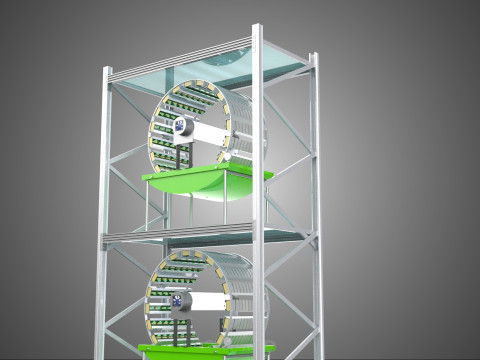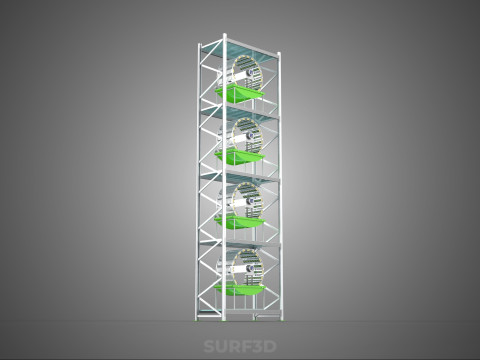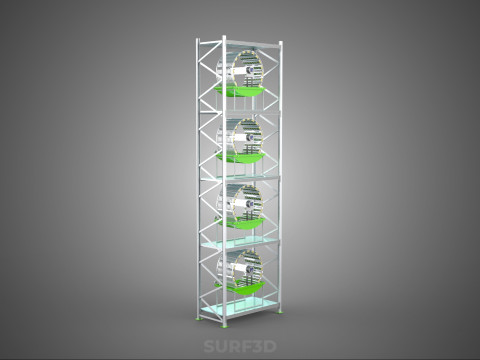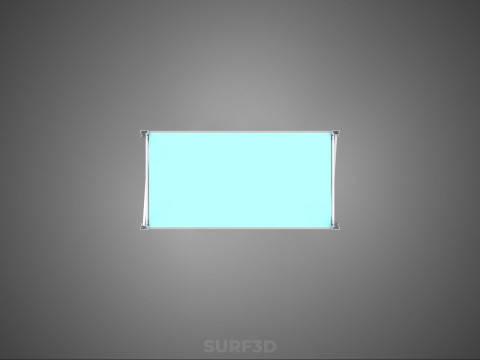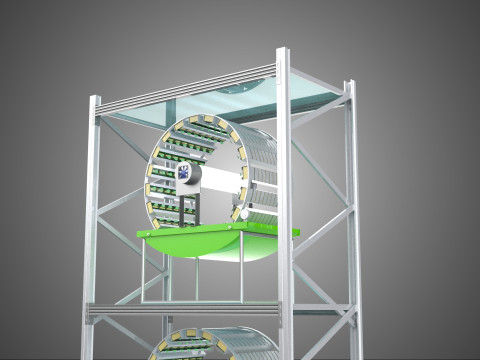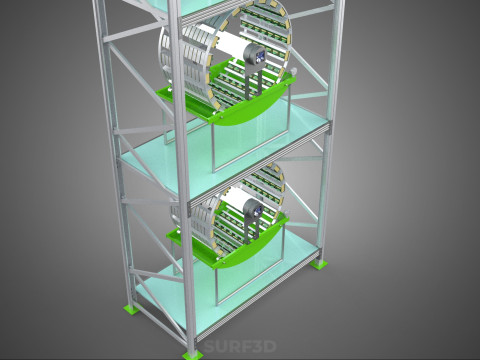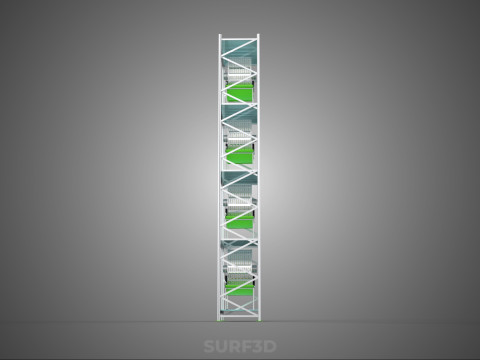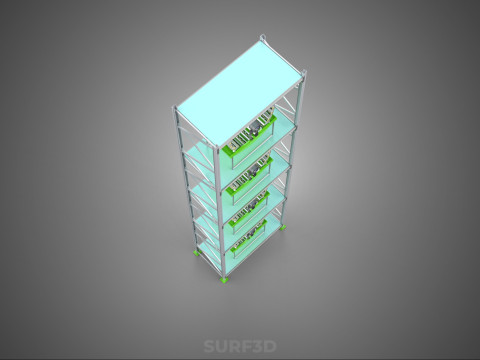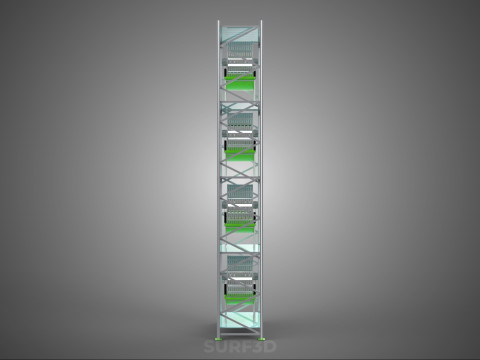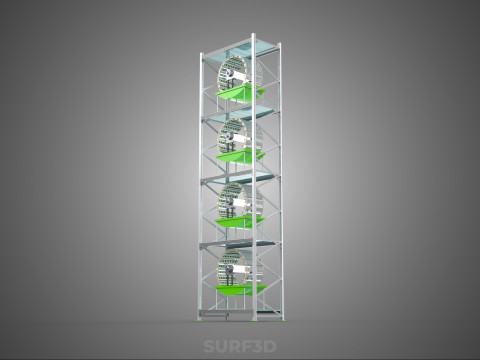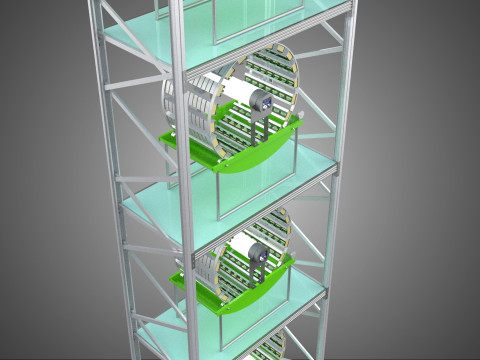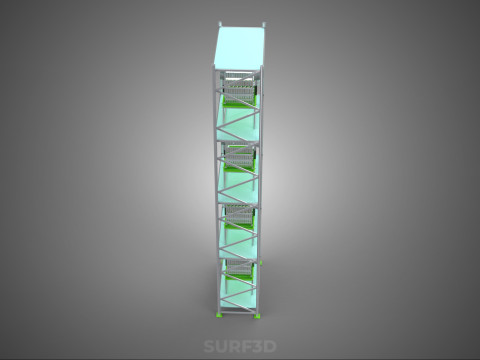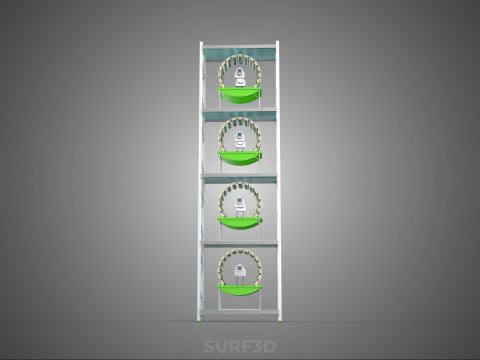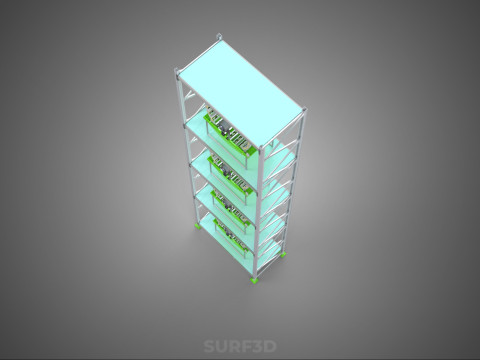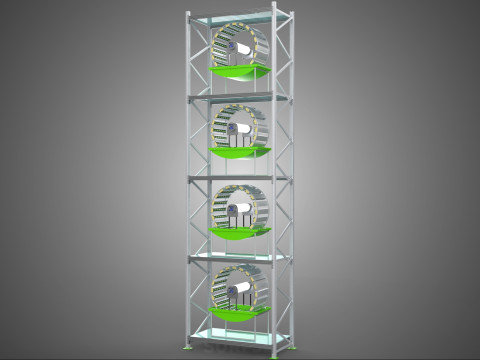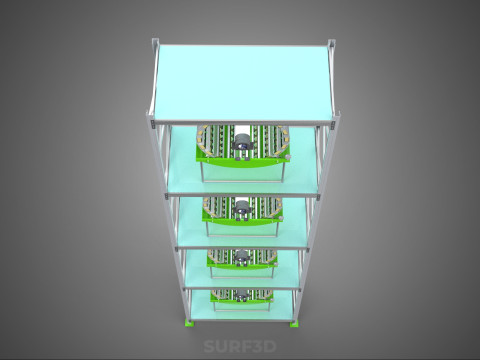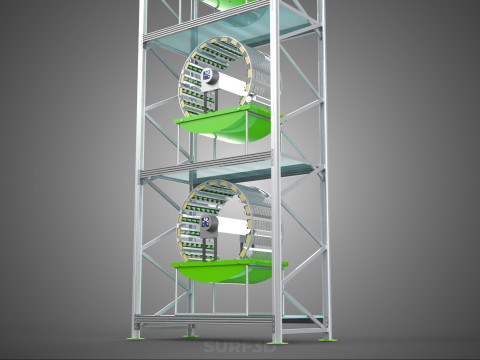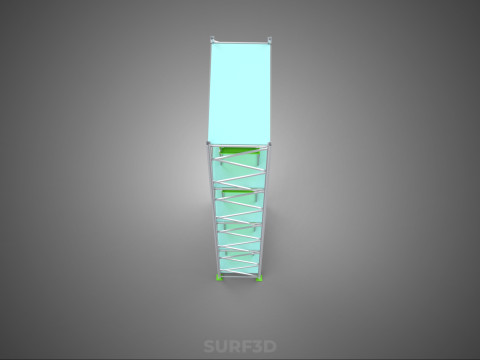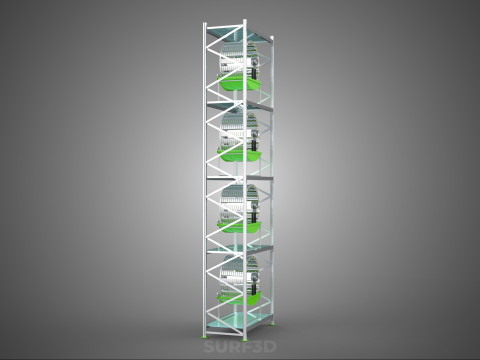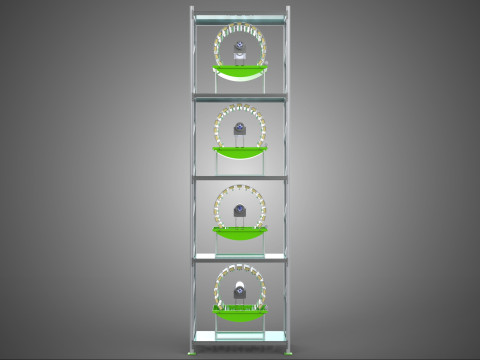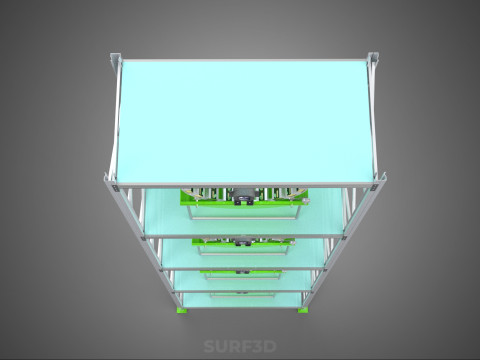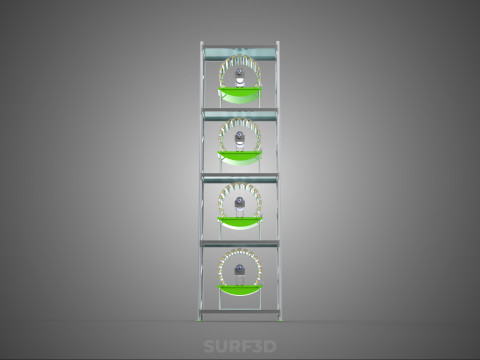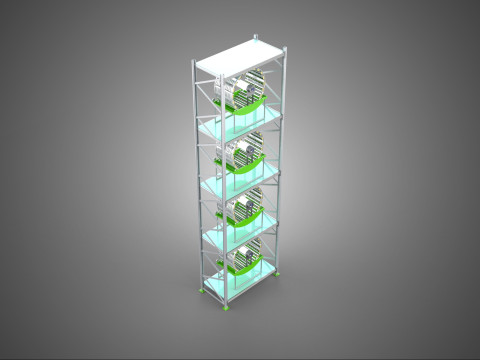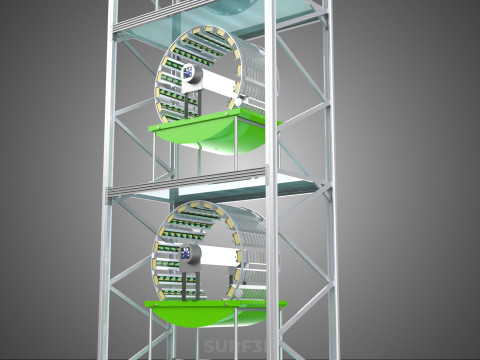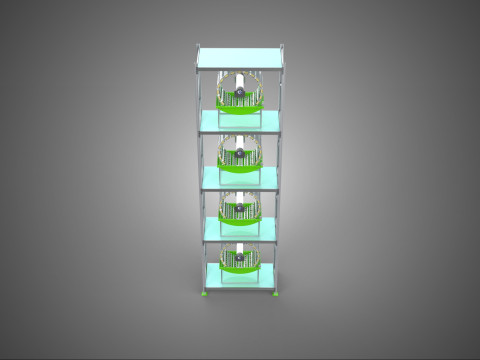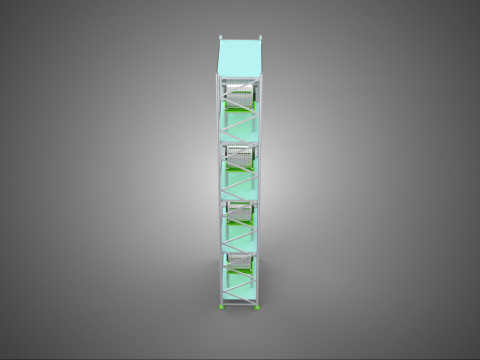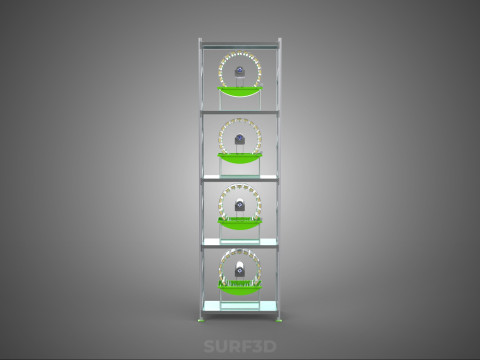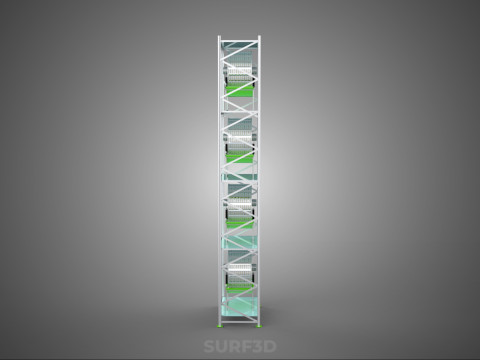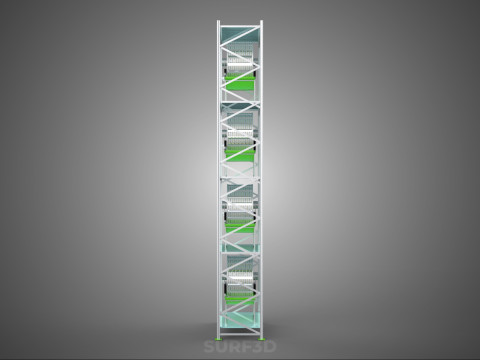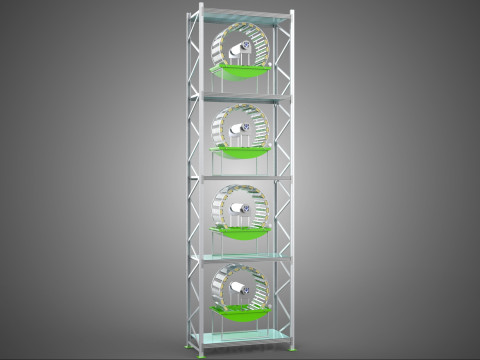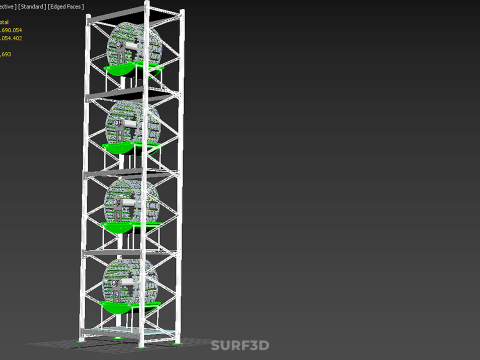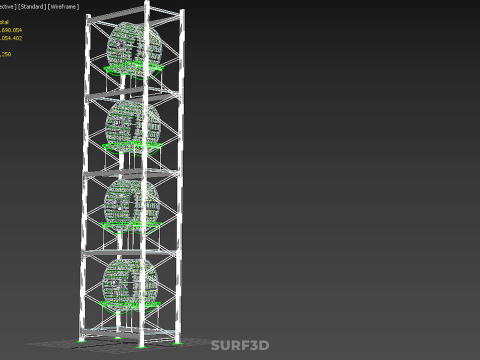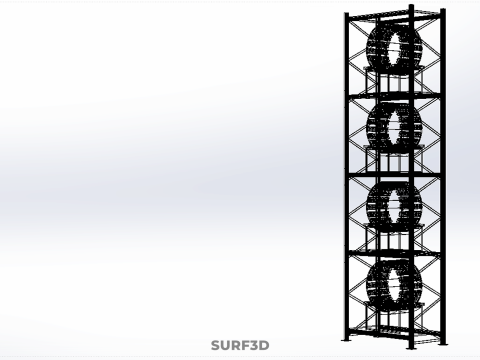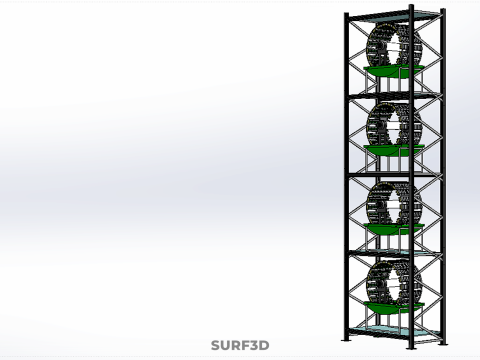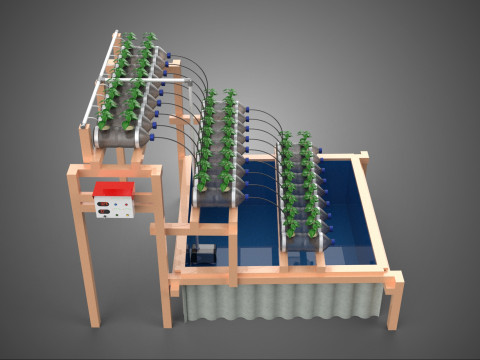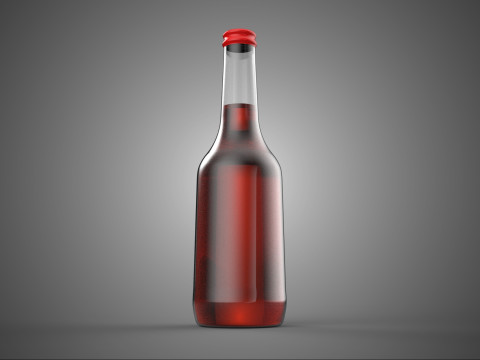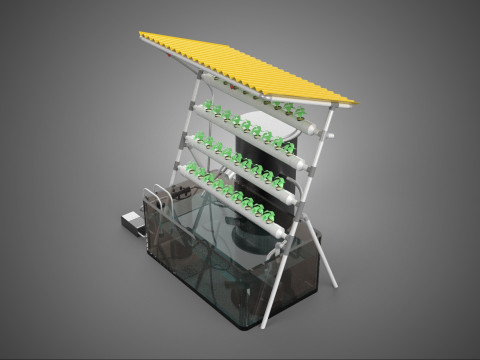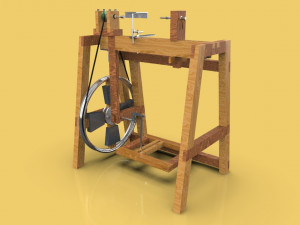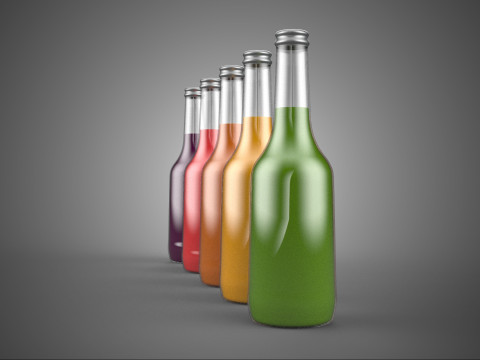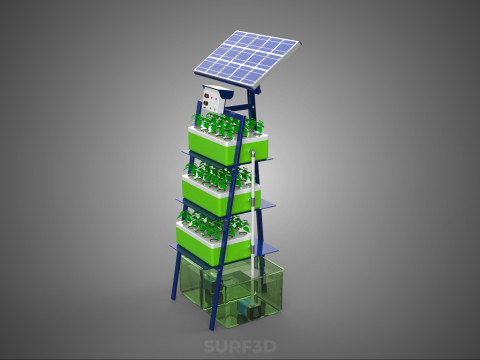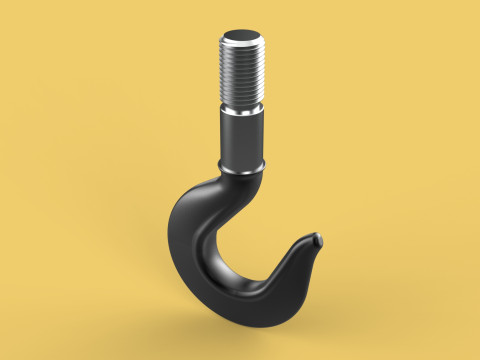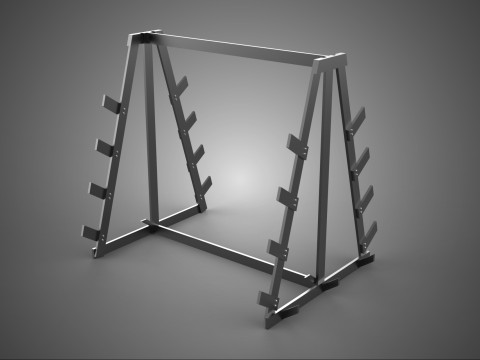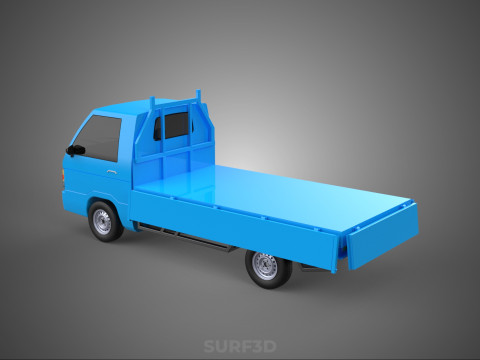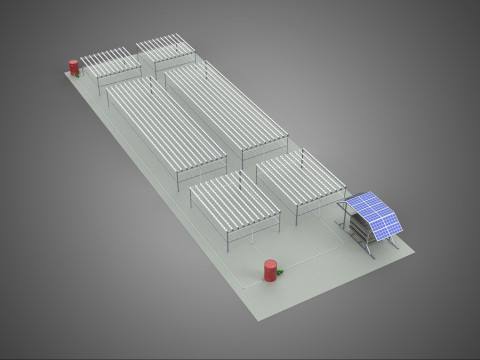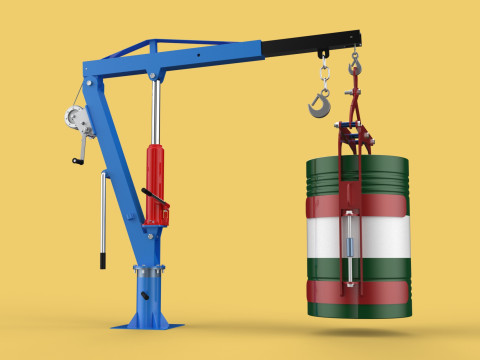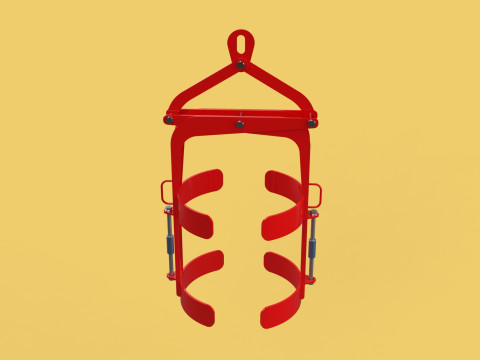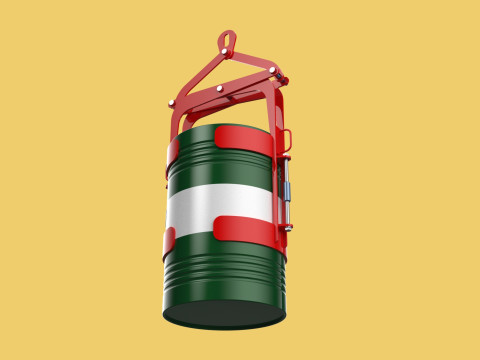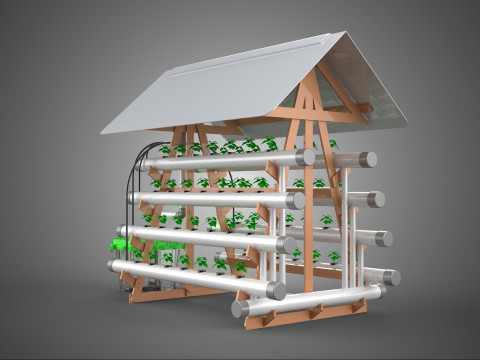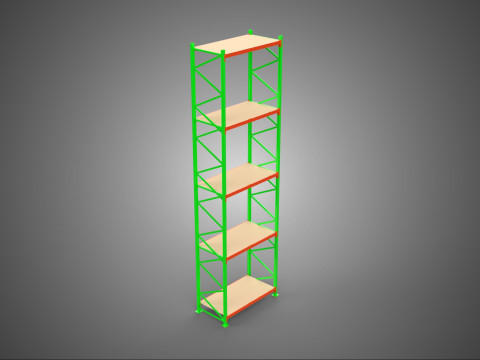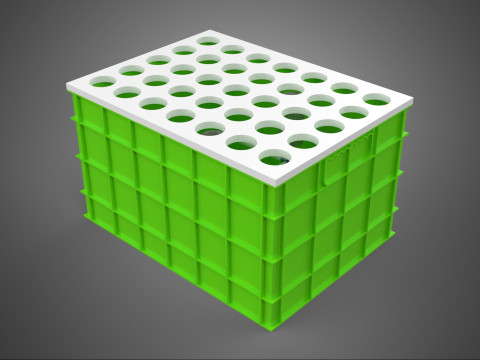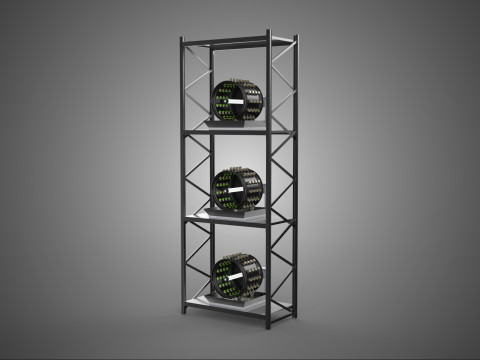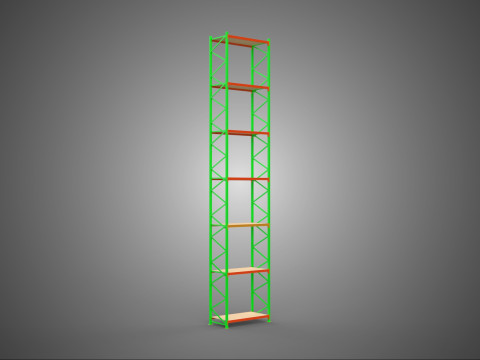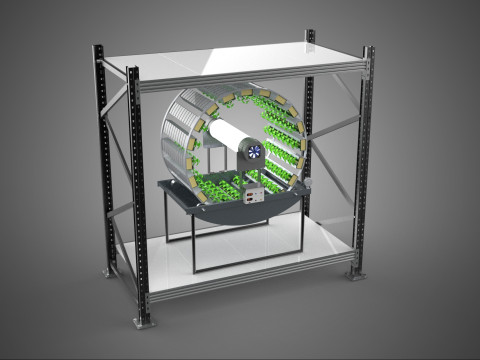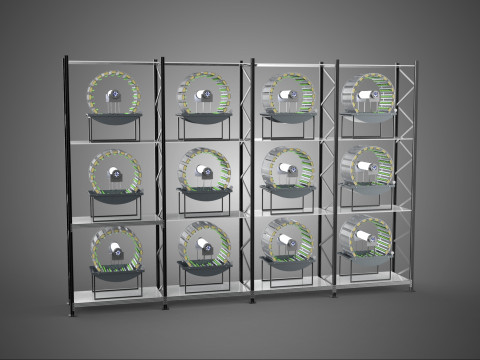PILA DE JARDÍN VERTICAL MARCO DE TORRE PLANTA HIDROPÓNICA GIRATORIA GRANJA Modelo 3D
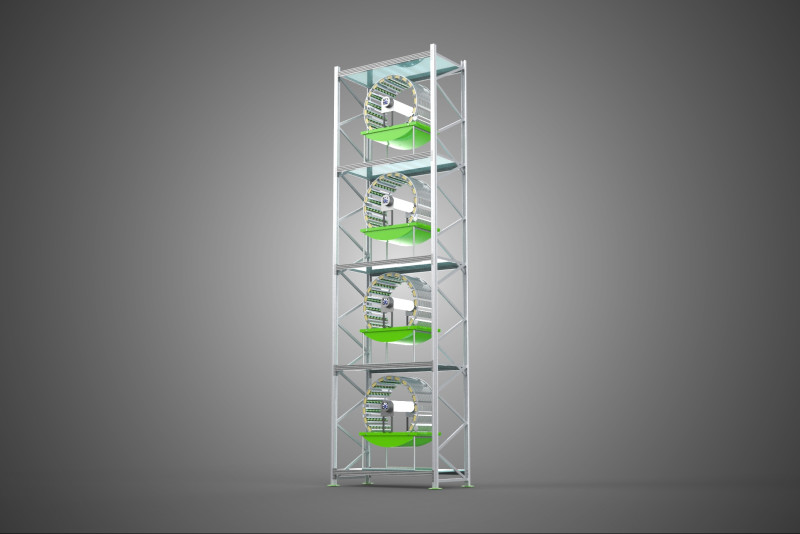
- Solicitar soporte de producto
- Formatos disponibles:
- ID de artículo:602704
- Fecha: 2025-10-02
- Polígonos:2690054
- Vértices:2054402
- Animados:No
- Texturas:No
- Articulados:No
- Materiales:
- Low-poly:No
- Colección:No
- Mapas UVW:No
- Plugins Usados:No
- Listo para Imprimir:No
- 3D Scan:No
- Para adultos:No
- PBR:No
- AI Capacitación:No
- Geometría:Poly NURBS
- Desenvolver UVs:Unknown
- Vistas:309
Descripción
High-quality 3D assets at affordable prices — trusted by designers, engineers, and creators worldwide. Made with care to be versatile, accessible, and ready for your pipeline.
Included File Formats
This model is provided in 14 widely supported formats, ensuring maximum compatibility:
• - FBX (.fbx) – Standard format for most 3D software and pipelines
• - OBJ + MTL (.obj, .mtl) – Wavefront format, widely used and compatible
• - STL (.stl) – Exported mesh geometry; may be suitable for 3D printing with adjustments
• - STEP (.step, .stp) – CAD format using NURBS surfaces
• - IGES (.iges, .igs) – Common format for CAD/CAM and engineering workflows (NURBS)
• - SAT (.sat) – ACIS solid model format (NURBS)
• - DAE (.dae) – Collada format for 3D applications and animations
• - glTF (.glb) – Modern, lightweight format for web, AR, and real-time engines
• - 3DS (.3ds) – Legacy format with broad software support
• - 3ds Max (.max) – Provided for 3ds Max users
• - Blender (.blend) – Provided for Blender users
• - SketchUp (.skp) – Compatible with all SketchUp versions
• - AutoCAD (.dwg) – Suitable for technical and architectural workflows
• - Rhino (.3dm) – Provided for Rhino users
Model Info
• - All files are checked and tested for integrity and correct content
• - Geometry uses real-world scale; model resolution varies depending on the product (high or low poly)
• • - Scene setup and mesh structure may vary depending on model complexity
• - Rendered using Luxion KeyShot
• - Affordable price with professional detailing
Buy with confidence. Quality and compatibility guaranteed.
If you have any questions about the file formats, feel free to send us a message — we're happy to assist you!
Sincerely,
SURF3D
Trusted source for professional and affordable 3D models.
More Information About 3D Model :
A "Stack Vertical Garden Tower Frame Rotary Hydroponic Plant Farm" describes an advanced, highly efficient agricultural system integrating principles of vertical farming, rotational plant cultivation, and hydroponics within a modular, supportive structure. This comprehensive system is engineered for maximizing plant production in limited spaces, particularly in urban environments or controlled environment agriculture (CEA) settings.
The **Stack Vertical Garden** component refers to the multi-tiered arrangement of plant growth units. Instead of expanding horizontally, cultivation occurs vertically, with individual planting modules, trays, or containers stacked one above another. This design significantly increases crop density per unit of ground area, making efficient use of cubic space. The "Stack" often implies a modular design, allowing for scalability and customization of the tower's height and capacity.
The **Tower Frame** provides the essential structural integrity and support for the entire vertical assembly. Typically constructed from robust, corrosion-resistant materials such as PVC, aluminum, or galvanized steel, the frame ensures stability and durability. It houses all operational components, including the planting modules, nutrient delivery systems, and the mechanism facilitating rotation. The frame's design is critical for safe operation and long-term viability of the farm.
The **Rotary** aspect introduces a dynamic element to the cultivation process. The entire vertical tower, or individual sections of it, slowly rotates around a central axis. This continuous, controlled movement serves several key functions:
1. **Uniform Light Exposure:** By rotating plants past a stationary, often centrally located, artificial light source (e.g., LED grow lights), all plants receive equitable and consistent illumination, promoting even growth and reducing the need for multiple, complex lighting arrays.
2. **Even Nutrient Distribution:** Rotation can assist in the uniform delivery of nutrient solutions to all plant roots, especially in systems utilizing drip or ebb-and-flow hydroponics.
3. **Aeration and Airflow:** The movement can enhance air circulation around plants, which is beneficial for gas exchange, transpiration, and mitigating issues like fungal growth.
4. **Automated Management:** Rotation can facilitate automated harvesting or inspection processes by bringing plants to a convenient access point.
The **Hydroponic Plant Farm** signifies the core cultivation methodology. Hydroponics is a method of growing plants without soil, where roots are directly exposed to nutrient-rich water solutions. In this system, plants receive precisely formulated mineral nutrients dissolved in water, which is typically recirculated in a closed-loop system to conserve water and nutrients. Common hydroponic techniques employed in such vertical towers include Nutrient Film Technique (NFT), Deep Water Culture (DWC), aeroponics, or various drip irrigation systems. The "Plant Farm" denotes its purpose as a productive agricultural facility, designed for year-round cultivation of a variety of crops, including leafy greens, herbs, and certain fruiting plants.
In conjunction, this system offers numerous advantages:
* **Space Efficiency:** Maximizes yield in a minimal footprint, ideal for urban settings.
* **Water Conservation:** Hydroponic systems use up to 90% less water than traditional soil farming due to recirculation.
* **Optimized Growth:** Precise control over light, nutrients, and environmental factors leads to accelerated growth and higher yields.
* **Reduced Labor:** Potential for automation in planting, feeding, and monitoring.
* **Year-Round Production:** Indoor operation is independent of seasonal changes or adverse weather.
* **Pest and Disease Control:** A controlled environment minimizes exposure to pests and soil-borne diseases.
* **Local Food Production:** Enables fresh produce cultivation closer to consumers, reducing transportation costs and carbon footprint.
The Stack Vertical Garden Tower Frame Rotary Hydroponic Plant Farm represents a sophisticated approach to sustainable agriculture, addressing challenges of food security, land scarcity, and resource management in the 21st century.
KEYWORDS: Vertical Farming, Hydroponics, Controlled Environment Agriculture, CEA, Rotary System, Plant Tower, Urban Agriculture, Soil-less Cultivation, Sustainable Farming, Indoor Farming, Modular Design, Automated Farming, Nutrient Film Technique, NFT, Deep Water Culture, DWC, Aeroponics, Grow Lights, LED Grow Lights, Resource Efficiency, Water Conservation, Crop Yield, Space Utilization, Food Security, Agricultural Innovation, Precision Agriculture, Greenhouse Technology, Vertical Gardens, Horticultural Engineering, Smart Farming, Hydroponic System.
¿Necesita más formatos?
Si precisa un formato distinto, por favor, abra una consulta de Soporte y solicítelo. Podemos convertir modelos 3D a: .stl, .c4d, .obj, .fbx, .ma/.mb, .3ds, .3dm, .dxf/.dwg, .max. .blend, .skp, .glb. Conversión de formato libreNosotros no convertimos escenas 3d y formatos como .step, .iges, .stp, .sldprt.!
Información de uso
PILA DE JARDÍN VERTICAL MARCO DE TORRE PLANTA HIDROPÓNICA GIRATORIA GRANJA - Puede usar este modelo 3D libre de regalías tanto para fines personales como comerciales, de acuerdo con la Licencia Básica o Extendida.La Licencia Básica cubre la mayoría de los casos de uso estándar, incluyendo anuncios digitales, proyectos de diseño y visualización, cuentas empresariales en redes sociales, aplicaciones nativas, aplicaciones web, videojuegos y productos finales físicos o digitales (tanto gratuitos como comerciales).
La Licencia Extendida incluye todos los derechos otorgados bajo la Licencia Básica, sin limitaciones de uso, y permite que el modelo 3D se use en un número ilimitado de proyectos comerciales bajo las condiciones de la Licencia Libre de Regalías.
Leer más


 English
English Español
Español Deutsch
Deutsch 日本語
日本語 Polska
Polska Français
Français 中國
中國 한국의
한국의 Українська
Українська Italiano
Italiano Nederlands
Nederlands Türkçe
Türkçe Português
Português Bahasa Indonesia
Bahasa Indonesia Русский
Русский हिंदी
हिंदी